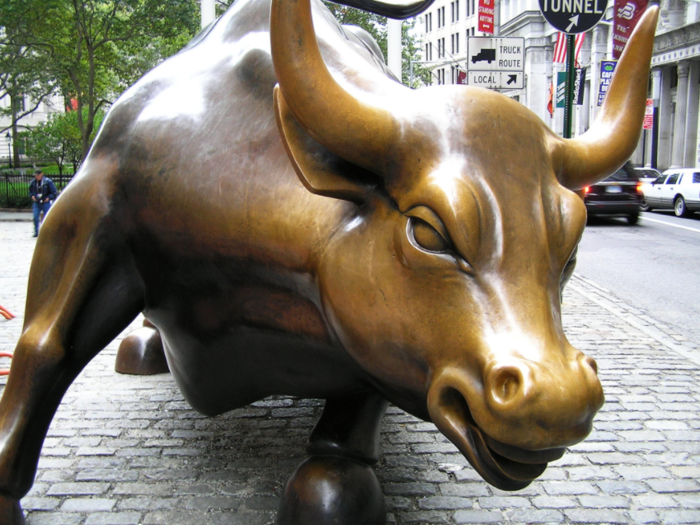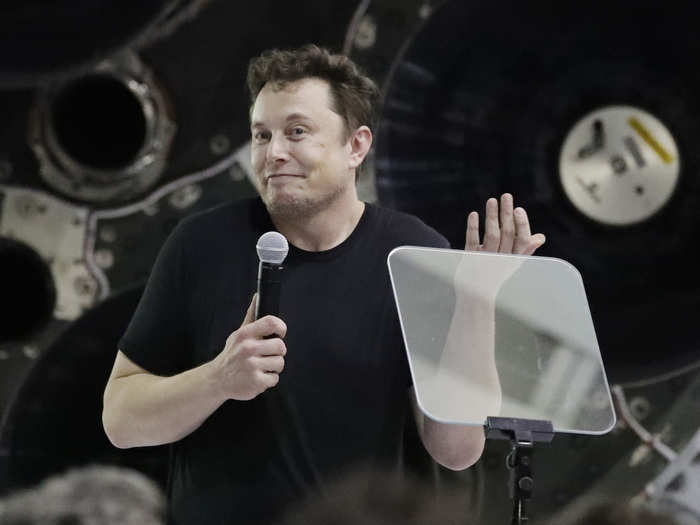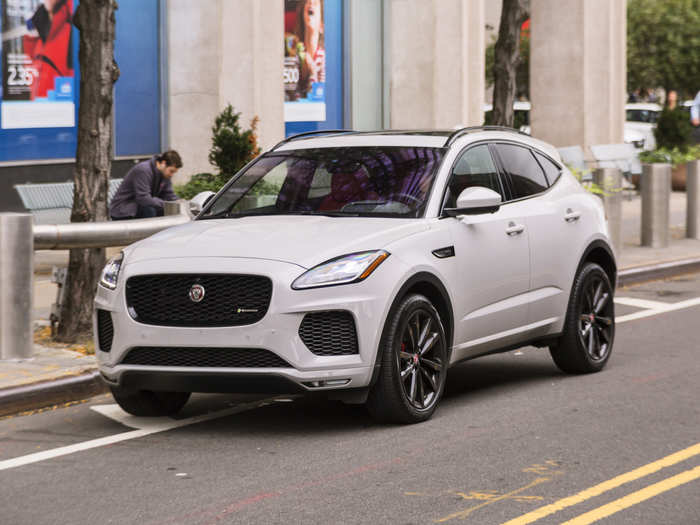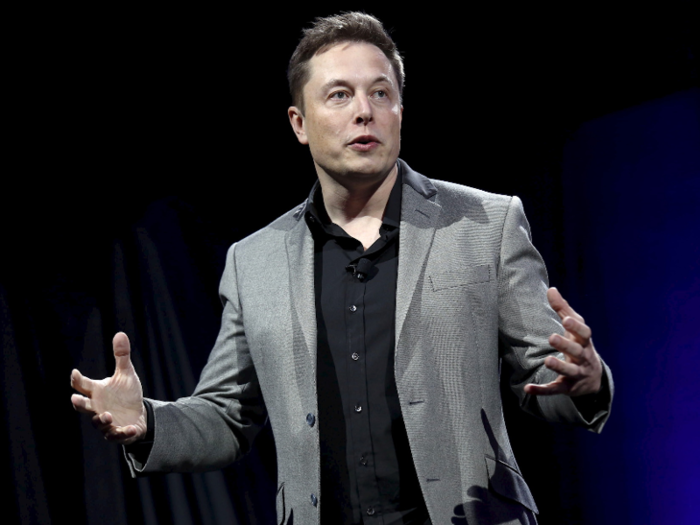- Home
- slideshows
- miscellaneous
- Tesla has booked two straight quarters of profits - here are the 5 biggest takeaways from that achievement
Tesla has booked two straight quarters of profits - here are the 5 biggest takeaways from that achievement
Tesla has created a cash firehose.

Wall Street isn't as fascinated by Tesla as it used to be.

The new is simple: Tesla made money in the second half of 2018.
This occurred after Tesla spent the preceding 15 years losing money. A lot of money. Ever year.
Losing staggering amounts of money in the pursuit of growth with a futuristic agenda is incredibly exciting to Wall Street, where denizens spend their days in dreary business suits, trapped in high-rise office buildings, staring at spreadsheets. Tesla was like a rock star trashing a hotel room. Thrilling! You never knew what was going to happen next!
But suddenly, Tesla is a real car company! And Wall Street has seen this movie. In fact, Wall Street can remember when the movie wasn't a talkie, and when it was black-and-white.
The traditional auto industry isn't exciting. But because cars and trucks are very expensive and have to be bought on credit, the industry has a massive amount of money sloshing through it. Cars are also hard to build, requiring small armies of people to assemble them. Thousands more labor in the white-collar trenches.
It adds up to a significant economic impact. That's why a structurally boring business gets a lot of attention.
Plus, people either have to buy vehicles for work or to commute and manage their families; or they invest themselves emotionally in cars, which are passion-inducing examples of industrial design and icons of culture.
The consumer will love Tesla no matter how dull the business gets. Wall Street, on the other hand, is already feeling jilted.
Demand for Teslas has become a confusing issue.

For years, Tesla patiently explained that it wasn't "demand constrained." Rather, it was "production constrained." This led the company to do stuff like down-sell the Model X SUV before it launched in 2015. The concern was that Tesla would stoke demand that it couldn't satisfy.
Demand actually became a serious potential problem when the Model 3 was unveiled in 2016 and promptly racked up over 400,000 pre-orders. That problem has only recently moderated, as Tesla has discovered that that pre-orders and actual orders are different things — and true, configured vehicle order means that Tesla has to build the customer's car.
By the numbers, Tesla now has neither a demand nor production problem. It sold almost 250,000 vehicles in 2018 — 150,000 more than in 2017. Its production capacity is now more or less aligned with what everyone always figured it could produce at its California factory, something like 400,000-500,000 vehicles annually.
What is now happening is Tesla watchers are fretting about ongoing demand. Some bears think it could be tapped out for the Model 3. Musk disagrees. He thinks Tesla can sustainably sell over 700,000 a year, with a dip to 500,000 in the event of a recession.
Tesla believes it has solid demands moving forward. What the company doesn't want is crazy demand. And this is where the confusion comes in.
In the car business, demands is great, but demand in excess of what you can reliably satisfy is bad. Lacking any sort of steady market-share situation — Ford, Chevy, and RAM can expect to sell around three million pickups every year in the US, while the electric-car market is still forming — Tesla doesn't want to confront demands that overwhelms its production footprint.
Excess demand, without historic precedent, would be unstable. It could bring weak competitors into the space and cause an electric-car market crash in the future. What Tesla really wants is demand that can be met by its two existing production frameworks. That would be 100,000 units annually for Models S and X and in the near term 300,000-400,000 on Model 3.
Tesla's "competition" has more work ahead than it might have thought.

Teslas is getting everybody in the US who wants to buy a luxury all-electric vehicle to buy a Tesla. The only other luxury brand that really also in the game is Jaguar with its new E-Pace crossover, and while sales have been good — around 4,500 in 2018 — Jag is likely attracting luxury customers with its brand proposition rather than satisfying the cravings of customers while just want a Tesla.
Don't be overly distracted by sales here. Tesla-holics will argue that the Model 3 is "crushing" the competition, but the goal for a Jaguar or a Porsche, whose Taycan EV is on the way, isn't to outsell Tesla. Rather, it's to achieve its target profit margins, and when it comes to EVs, create "compliance" cars than can offset the gas-burners it already sells and wants to keep selling even as governments propose higher emissions and fuel-economy standards.
That said, the Model 3 has become the best-selling premium sedan in the US, in quite short. Some of that can be attributed to pent-up demand. But some of it is because Tesla has created a great product.
There isn't much real competition in the EV market right now because the EV market is tiny and expensive to support. But Tesla does dominate the market. As it grows sales, it will grow its domination. And because it has a great, versus merely good, product, it will be more difficult for competitors to erode Tesla's market share.
Tesla can lose money again!

Musk has said that Tesla should be steadily profitable, quarter by quarter, going forward. But with two profitable quarters, the company has shown that its business can run in the black.
That means, with guidance, Tesla could lose money again, if it has to. As long as Tesla provides a good reason for a loss and doesn't go through a sales collapse, investors will understand.
Popular Right Now
Popular Keywords
Advertisement